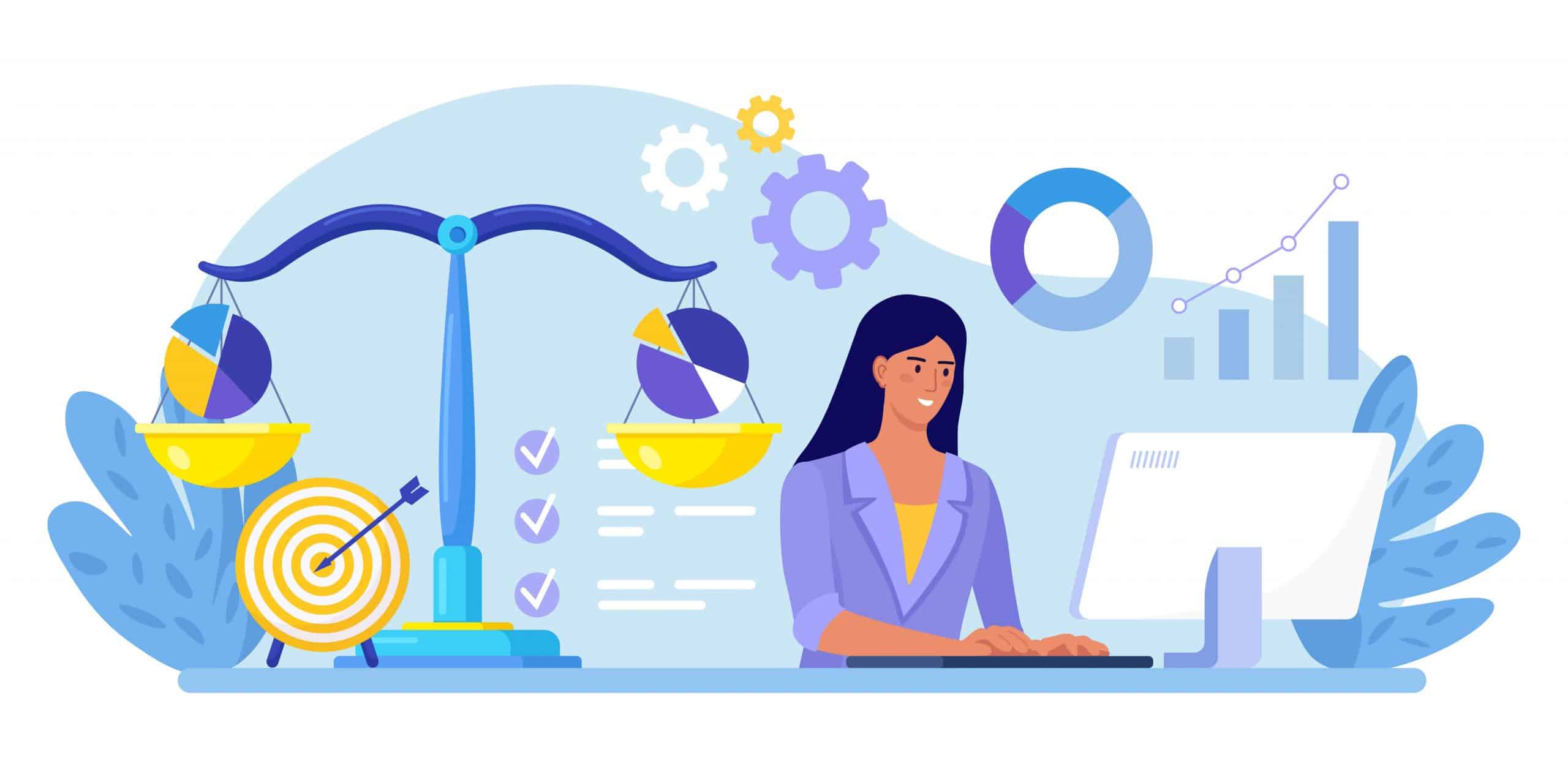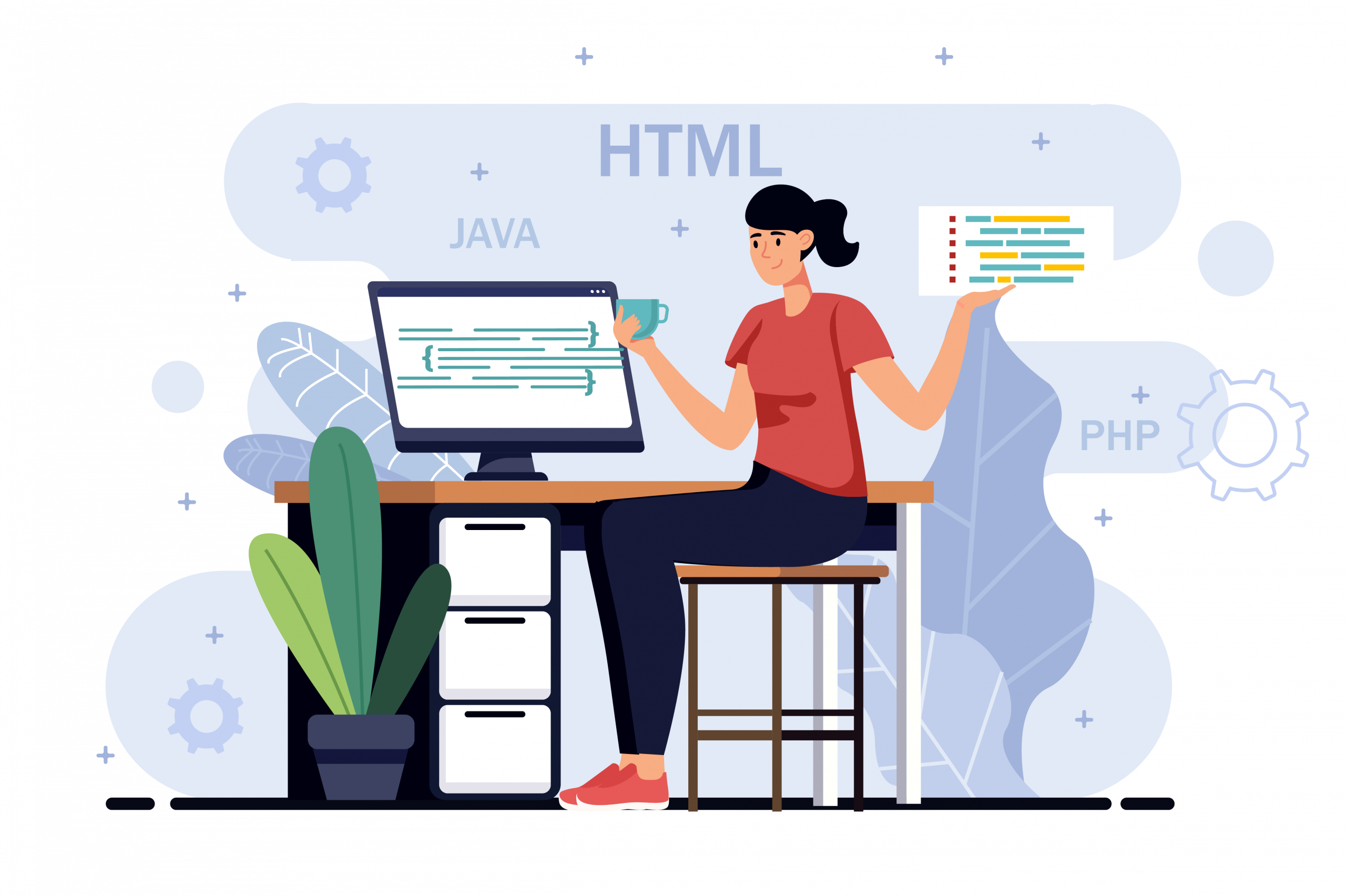Migrate from woocommerce to shopify with gettrusted
It’s no secret that a huge chunk of eCommerce platforms use WooCommerce. Nearly a quarter, in fact! However, Shopify is hot on its heels with 21% of the platforms using it. This active growth is what encourages many brands to choose to migrate from WooCommerce to Shopify WooCommerce agency.
The switch is usually prompted by Shopify’s attractive pricing model and flexibility, as well as plentiful design options. Shopify website design agencies can help you make the most of these options and create a visually appealing online store. Shopify also helps save money on hosting and offers good security. But transferring a whole store isn’t exactly a walk in the park. There are risks of data loss, unhappy customers, and just transfers going wrong wasting your time.

With this guide, we will give you a tutorial on how to migrate with minimal risk. Of course, the easiest way is to have a Shopify migration expert do it all for you. That way, you can add some customization on top of the import, and have the whole thing done in half the expected time. With GetTrusted’s expertise in choosing the best developers in the niche, this is a great option.
However, if you prefer to do things yourself or just wanna know the process, let’s lay out the steps.
Why Migrate WooCommerce to Shopify?
Both platforms offer a good foundation for a store, so most migrations are done due to personal preferences and needs. Sometimes, people just tend to jump to a different eCommerce platform because they see it’s trending upwards. That’s definitely the case with Shopify, as it’s set to edge out the competition to become the market leader.
It’s also important to note that WooCommerce has to be hosted on WordPress, which isn’t bad but not the most secure in terms of admin abilities. Shopify is hosted on its own secure servers and is one of the most robust eCommerce platforms. It also comes with SSL, which is just essential for any platform. Also, we do need to point out that WooCommerce incurs extra hosting costs, while Shopify doesn’t.
Another point is that WooCommerce’s open-source nature is geared toward letting people build their own tools and attach them to the platform. It opens up a lot of room for experimentation and improvement. However, Shopify has plug-in extensions that are much more simple to work with and more practical for a big business.
The drag-and-drop nature of Shopify’s website building means it’s easy to migrate and create a sprawling store. In fact, any changes you plan to make in the future, even without professional support, will be much easier than they are on WooCommerce.
Steps to Move Your Store from WooCommerce to Shopify
Let’s lay out the step-by-step tutorial for transferring your data between the two platforms. It’s easy enough, especially with professional guidance.
1. Decide How You Want to Migrate
There are three choices here:
- DIY manual transferring of data
- Using an automated app
- Recruiting a professional developer
DIY manual transferring of data
With this one, it’s pretty clear what the pros and cons are. It’s gonna take longer and you risk missing some minor errors. But the biggest advantage is, of course, that it’s free. Plus, there’s a bit more control over the process, as it’s all done manually.
Using an automated app
These apps do require manual input. You’ll have to learn how to use the software, input data and then check to make sure the transfer is completed correctly. It’s more about saving time than truly automating things. Plus, when relying on an app, people tend to assume that the software will handle the process without a hitch. That is absolutely not the case.
Errors during automated transfers are quite common and few of the transfer apps actually provide logs to track them. It’s a double-edged sword. The user hopes to save time but ends up wasting it, while trying to clean up after the app. Although, those apps do have upsides, such as the ability to transfer images directly or do bulk edits.
Recruiting a professional developer
In the third case, the disadvantage is obvious: it’s likely to cost extra. The pros are pretty lucrative, though. You can control what the developer does when migrating from WooCommerce to Shopify without actually handling any tasks yourself. A weathered professional can also spot mistakes that others wouldn’t, guaranteeing higher quality. Plus, you can recruit the dev to do some extra work, such as designing the store or doing post-release support.
2. Set Up Your Shopify Store
Before setting off on the journey, you need a landing pad. So pop over to Shopify, register an account and create a foundational store. This is your chance to familiarize yourself with the pricing tiers. They’re quite varied, depending on what you seek, but we don’t recommend the higher tiers to small-to-medium stores.
Take note of the design options and themes, Shopify is famous for its UI choices and you should take advantage of them. Creating a beautiful storefront is one of the easiest ways to draw in customers in eCommerce.
3. Back Up Your WooCommerce Store
As we said, transferring can be risky, especially when going the DIY route. So back up your store. This can be done manually, by downloading every single file on the site as well as exporting all the database tables.
There’s also the option of using a WordPress plugin, since WooCommerce is based on WordPress. However, that is a risky move as you have zero guarantees that the plugin will run correctly.
One last thing you can do is check with your web host. They might have an export option available, which would work in this case. However, it is best to handle it yourself or get a developer to do it.
4. Export WooCommerce Data
Almost all the data can be moved from WooCommerce to Shopify, from product info to customer data or order archives. We’re going to add a full list below, just for convenience’s sake. All of it can be exported in the form of a CSV file.
To do the export, open your WordPress admin panel and the product section there. Choose which data you want exported. Then finish it off by pressing “Generate CSV”. Repeat the process for all types of data that you need. Now, let’s move on to the list of data that can be transferred when moving from WooCommerce to Shopify.
Products
As for products, all data can be imported, from the name to the metadata. However, note that images will likely not be transferred directly. They usually require manual input. Product IDs can be moved as well, so ideally, there won’t be any problems with the database.
Product Categories
Product names, descriptions, and metadata can all be imported. If the process goes smoothly, your categories should be transferred 100% intact.
Manufacturers
There’s not much to be transferred here, but the names and images can be carried over. The only hitch is with the possible image bug, which we’ve mentioned in the Names section. We’ll cover a fix for it later.
Customers
Full contact info can be moved, including customer names, emails and addresses. This includes both shipping and billing. However, passwords and login information cannot be imported into Shopify. Therefore, make sure to notify your customers that they’ll have to recreate their accounts.
Orders
As for orders, the shipping and billing addresses can be exported, as well as all info related to the order itself. This includes ID, date, status, price information (including discounts) and other comments attached to that order. So even if you migrate from WooCommerce to Shopify with some orders still open, you won’t lose track of them.
Coupons
Coupon expiration dates and active codes can be carried over, so customers with special discounts will be able to redeem them. They’ll have to read them to their new accounts, but that inconvenience will be alleviated thanks to the coupon discounts.
Blog/CMS
A crucial point during the export is that you should preserve SEO URLs and other page data. It’s hard to do manually, of course, but keeping your store high in SEO rankings is vital. The vendors that GetTrusted works with always prioritize a full data transfer, including CMS information.
5. Import Data into Shopify
Take all the info you’ve just exported and put it into Shopify via the admin panel. The transfer process takes a while. The more data you have, the longer it will actually be. There’s not really a way to speed it up, regardless of the methods you use. Unless you’re intending to get rid of some data, settle in for a long wait.
Note that manual exporting doesn’t usually transfer image placements. You can paste images in by uploading them into Shopify’s files. From there, they’re pasted onto product pages in the form of URLs. This is easy thanks to Shopify’s drag-and-drop nature, one of its biggest advantages.
There’s also a chance of some entries being skipped during the import. It leads us to the next step.
6. Verify Transfer Quality
Now that the data is in the new system, check it to make sure the product/customer information, order history, etc., is fine. A single skip during the import could impact the rest of the data, so be attentive and make sure nothing is out of order.
As for the products in particular, make sure they were published. Sometimes during WooCommerce to Shopify migration you can end up with unpublished items. A store with no items for sale isn’t good for anyone, so pay special attention to product data.
The same goes for product options. Check to see if everything has been imported correctly, or you might end up missing some of the stock.
7. Finishing Touches on the Store
This is your chance to take advantage of Shopify’s powerful design tools and create a pretty storefront. This is prime time for giving your design a second look. It doesn’t hurt to try on different themes, especially since a bunch of them are free.
You won’t need to do QA on the store itself, since it’s controlled by Shopify. A last look at the product and customer info wouldn’t be out of place either. You can easily do customization on Shopify so this shouldn’t take too much extra time.
8. Customer Outreach
Now you can finish up by letting your customers know about the new platform. Since coupon data can be transferred when switching from WooCommerce to Shopify, you can entice them into coming back with promises of discounts or just new goods.
Remember that customers will need to recreate their accounts, meaning the influx might not be as heavy as you’d expect. Plus, you’ll need all hands on deck in terms of customer support after you release the new store. This is when it really helps to have a professional crew that can handle the stress.
GetTrusted Expertise in WooCommerce Migration to Shopify
GetTrusted approaches eCommerce migration with the same level of meticulousness as any other task. We do a project overview to know what your goal is and how you see the new store, then quickly find the top three companies that can handle the move from WooCommerce to Shopify. After establishing which one fits you best, the professionals you chose will get started.
Our vendors know how to avoid the pitfalls of missing data inputs, poorly automated apps and lack of client outreach — three major pains of the migration process. With this knowledge, they’ll deliver a store that looks good but, more importantly, runs smoothly. Plus, the developers can handle the updates to make sure your clients have their profiles and order history intact when switching to the new store.
Whatever’s possible to carry over during the migration process — the top vendors from GetTrusted will do it. Even if you want to go beyond the original scope and completely reinvent your eCommerce website, they’ll gladly rise to the challenge.
Conclusion
As you can see, while the core process is straightforward, there is plenty of room for error. Spending your time learning the ins and outs of migration might take a lot of time and effort. So, instead, put this task into the hands of a skilled vendor.
With GetTrusted’s 48-hour turnaround and top 3 choice of vendors to migrate from WooCommerce to Shopify, the process will be quick and clean. You can get the store you’ve always wanted, have all the data exported in no time and re-launch with Shopify, all at a reasonable price with no commission.
Get in touch now to see what secure and professional development can achieve for your eCommerce project. It’s the easiest way to handle Shopify migration, minimizing risks and saving money.










